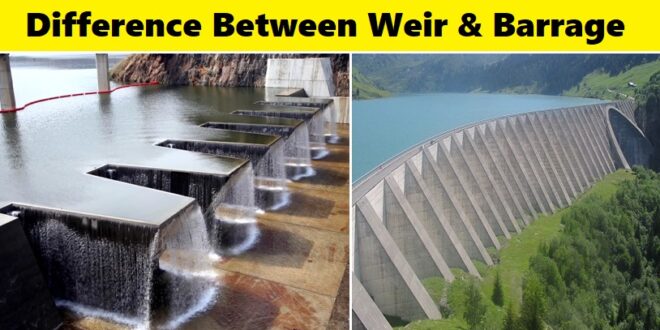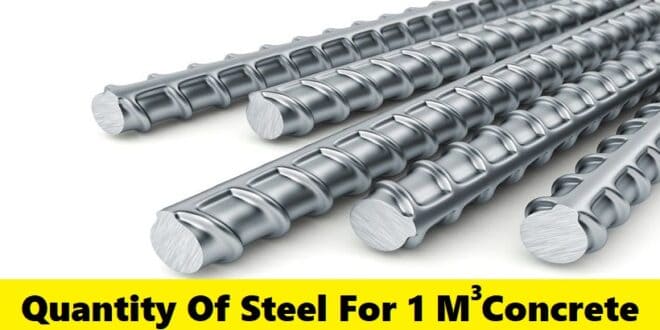What Is Formwork?
The formwork is an important component in the construction which is a temporary or permanent mold for a structure in which fresh concrete is poured only to harden subsequently.
Formworks are available in different types of materials like steel, timber, or Plastic. In this article, we will discuss different steps for the construction of formwork or shuttering.

Construction Of Formwork
The construction of formwork normally involves the followings operations.
- Propping and Centering.
- Shuttering.
- Provision of camber.
- Cleaning and surface treatment.
1. Propping and Centering
The props used for centering may be of steel, timber posts or bullies. Pillars made up of brick masonry in mud mortar are also sometimes used as props.
In case wooden bullies are used as props, they should rest squarely on wooden sole plates laid either on groud or in brick masonry pillars in mud mortar.
The wooden plate should have area of at least 0.1 sq.m and it should be 40 mm in thickness. Double wedges are essentially provided between the sole plates and the timber props with a view to permit accurate adjustment of the shuttering prior to concreting operation and to allow easy removal of shuttering afterward.
In case brick masonry pillars are used at props, the wooden sole plates are provided at the top of the pillars, and the double wedges are inserted between the sole plates and the bottom of shuttering.
2. Shuttering
As described earlier, the shuttering can be made up of timber planks, or it may be in the form of panel units made either by fixing plywood to timber frames or by welding steel plates to angle framing.
In any case, the shuttering should be constructed in such a manner that the joints should be tight against leakage of cement grout.
Sometimes the architect specifies the provision of molding in slabs or columns or provision of chamfers at corners of beams and columns.
All such moldings, beveled edges, chamfers etc required to be formed in the concrete work should be made in the shuttering itself.
Similarly, opening for fan clamps or other fittings should be provided in the shuttering as per details in the drawing.
3. Provision of Camber
Certain amount of deflection in structure is unavoidable. It is, therefore desirable to give an upward camber in the horizontal members of the concrete structure (especially in members having long spans) to counteract the effect of deflection.
The provision of desired camber should be made in the formwork itself during erection. Camber for slabs and beams may be adopted @ 4 mm per meter span.
In case of cantilevers, the camber at free end should normally be taken @1/50th of the projected length of the cantilever.
4. Surface Treatment
Before laying concrete the formwork should be cleaned of all rubbish particularly the sawdust shavings and chippings etc.
All surfaces of timber shuttering that are to come in contact with concrete should be well wetted with water.
This is necessary to prevent the chances or dry shuttering absorbing water from the concrete which may cause warping, swelling and distortion of timber besides resulting in defect of honeycombing in concrete.
Similarly, steel forms that have been exposed to hot weather should be cooled by watering before laying concrete.
In addition, all surfaces of shuttering which are to come in contact with concrete should be given a good coating of raw linseed oil or soft soap solution or any other material so as to prevent the concrete getting stuck to the formwork and thus facilitate easy removal.
It is, however, important to note that the coating should not come in contact with reinforcement. The selected coating should be impermeable and should neither get flaky on exposure to weather nor stain the surface of concrete.
Also Read
Types Of Formwork Used In Construction
What Is Slip Formwork, Its Types & Advantages?
How To Calculate Shuttering Area For Construction
Difference Among Scaffolding Centering, Shuttering, Stagging
If you like this article then please share it with your friends & also like our Facebook Page and join our Telegram Channel.




